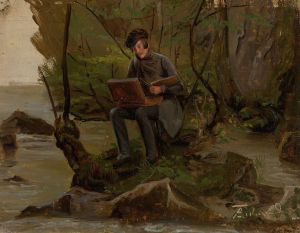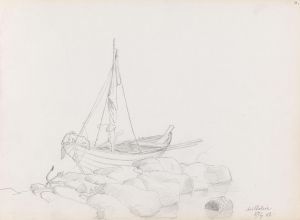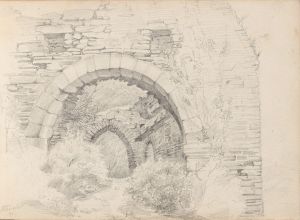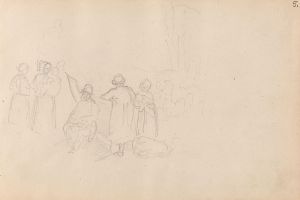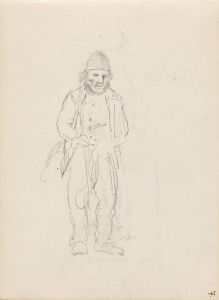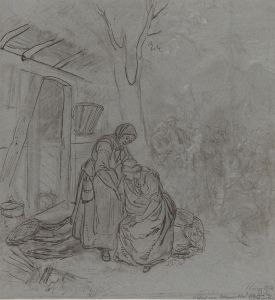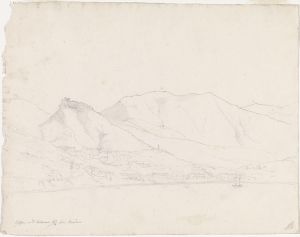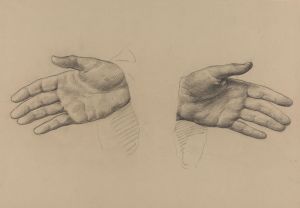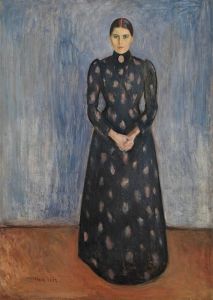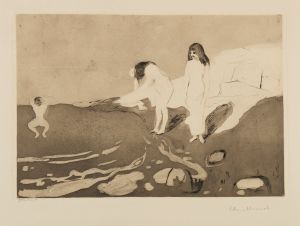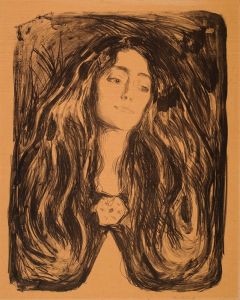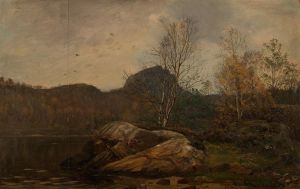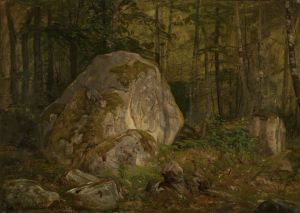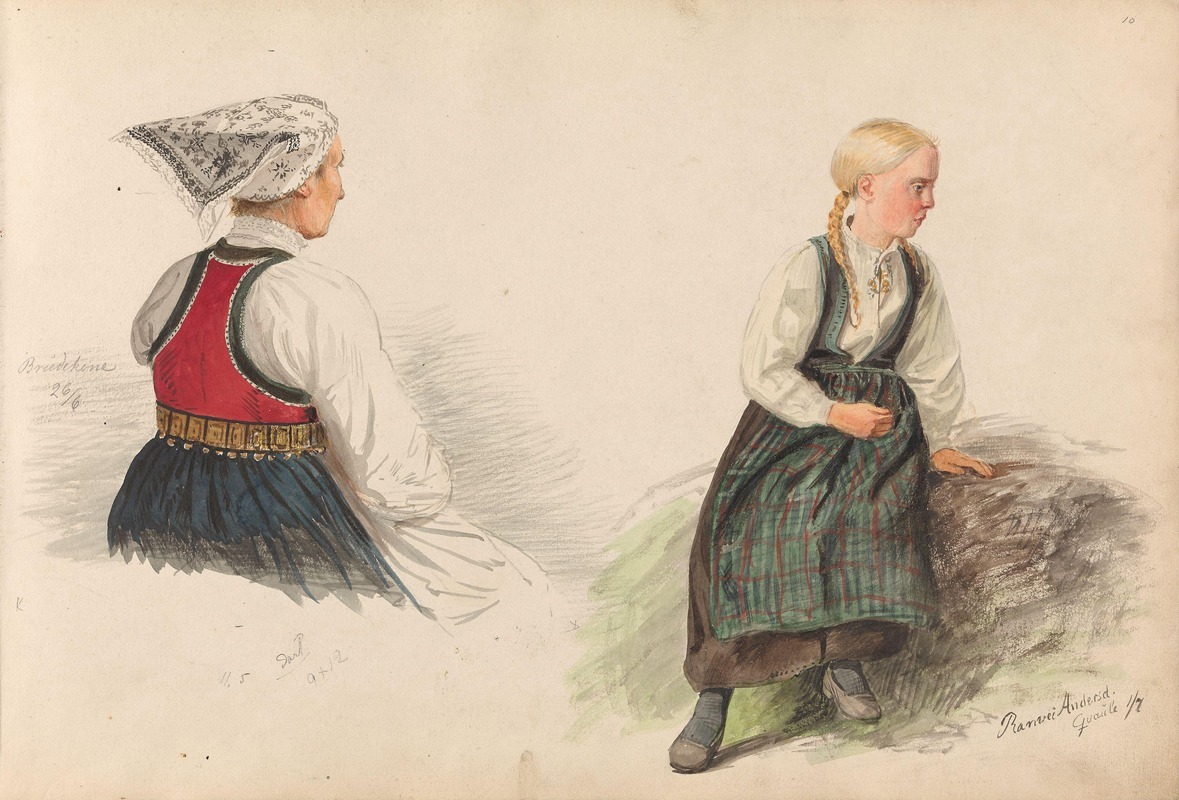
Brudekone Dønaat Anfinnsdatter Opheim; Ranveig Andersdatter Kvåle
A hand-painted replica of Adolph Tidemand’s masterpiece Brudekone Dønaat Anfinnsdatter Opheim; Ranveig Andersdatter Kvåle, meticulously crafted by professional artists to capture the true essence of the original. Each piece is created with museum-quality canvas and rare mineral pigments, carefully painted by experienced artists with delicate brushstrokes and rich, layered colors to perfectly recreate the texture of the original artwork. Unlike machine-printed reproductions, this hand-painted version brings the painting to life, infused with the artist’s emotions and skill in every stroke. Whether for personal collection or home decoration, it instantly elevates the artistic atmosphere of any space.
Adolph Tidemand was a prominent Norwegian painter in the 19th century, renowned for his detailed and culturally rich depictions of Norwegian life and traditions. One of his works, "Brudekone Dønaat Anfinnsdatter Opheim; Ranveig Andersdatter Kvåle," reflects his dedication to capturing the essence of Norwegian rural life and its people.
Adolph Tidemand was born on August 14, 1814, in Mandal, Norway. He studied at the Art Academy in Copenhagen and later in Düsseldorf, Germany, which was a significant center for art and culture at the time. Tidemand became a central figure in the Düsseldorf school of painting, which was known for its detailed and realistic style. His works often focused on Norwegian folk culture, traditions, and landscapes, making him a key figure in the national romantic movement in Norway.
The painting "Brudekone Dønaat Anfinnsdatter Opheim; Ranveig Andersdatter Kvåle" is a testament to Tidemand's interest in Norwegian cultural heritage. Although specific details about this painting are scarce, it can be inferred from Tidemand's broader body of work that the painting likely portrays individuals from Norwegian rural society, possibly in a setting that highlights traditional costumes or customs. Tidemand's paintings often served as a visual documentation of Norwegian life during the 19th century, capturing scenes from weddings, daily life, and other cultural events.
Tidemand's work was characterized by its attention to detail and its ability to convey the emotions and stories of the people he painted. His paintings often included elements of Norwegian folklore and mythology, which were integral to the cultural identity of Norway at the time. Through his art, Tidemand played a significant role in the national romantic movement, which sought to promote and preserve Norwegian culture and identity during a period of increasing modernization and change.
Throughout his career, Tidemand received numerous accolades and recognition for his contributions to art. His works were exhibited widely, and he became one of the most celebrated artists in Norway. Tidemand's paintings are still highly regarded today for their historical and cultural significance, as well as their artistic merit.
In summary, while specific information about the painting "Brudekone Dønaat Anfinnsdatter Opheim; Ranveig Andersdatter Kvåle" is limited, it is likely representative of Adolph Tidemand's broader artistic focus on Norwegian culture and tradition. His work remains an important part of Norway's cultural heritage, offering insights into the country's past and the lives of its people during the 19th century.





